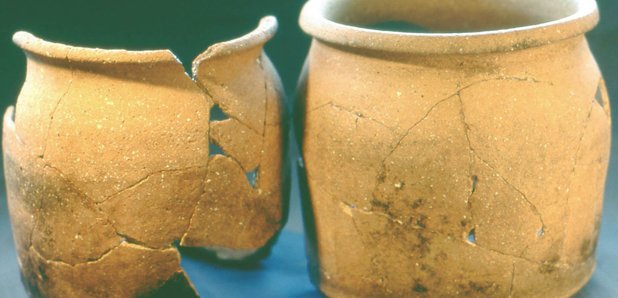On Air Now
The EE Official Big Top 40 from Global 4pm - 7pm
16 May 2019, 19:49 | Updated: 16 May 2019, 19:51

Medieval peasants of Northampton mainly ate stews of meat and vegetables, along with dairy products such as cheese, scientists have found!
Food residues were extracted from the remains of cooking pots found at the small medieval village of West Cotton.
Experts from the University of Bristol used chemical and isotopic techniques to identify lipids, fats, oils and natural waxes from the ceramics.
They found stews of mutton and beef with vegetables such as cabbage and leek were the mainstay of the medieval peasant diet.
Dairy products such as cheese also played an important role.
A range of historical documents and accounts were also examined for the study, which is published in the Journal of Archaeological Science.
Dr Julie Dunne, of the University of Bristol, said:
"All too often in history the detail, for example food and clothing, of the everyday life of ordinary people is unknown.
Traditionally, we focus on the important historical figures as these are the people discussed in ancient documents.
Much is known of the medieval dietary practices of the nobility and ecclesiastical institutions, but less about what foods the medieval peasantry consumed."
The researchers also looked at butchery techniques, methods of food preparation and rubbish disposal at West Cotton.
Historical documents state that medieval peasants ate meat, fish, dairy products, fruit and vegetables.
But the researchers say that before their study there was little direct evidence that this was the case.
Dr Dunne added:
"Food and diet are central to understanding daily life in the medieval period, particularly for the medieval peasant.
This study provided valuable information on diet and animal husbandry by medieval peasants and helped illustrate agricultural production, consumption and economic life in one of England's early medieval villages."